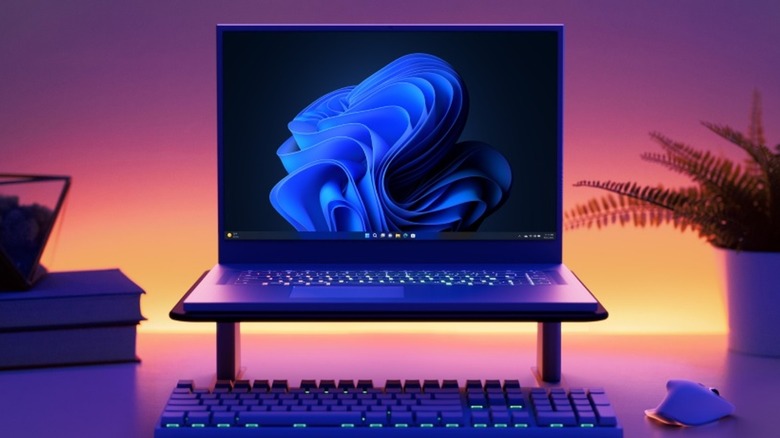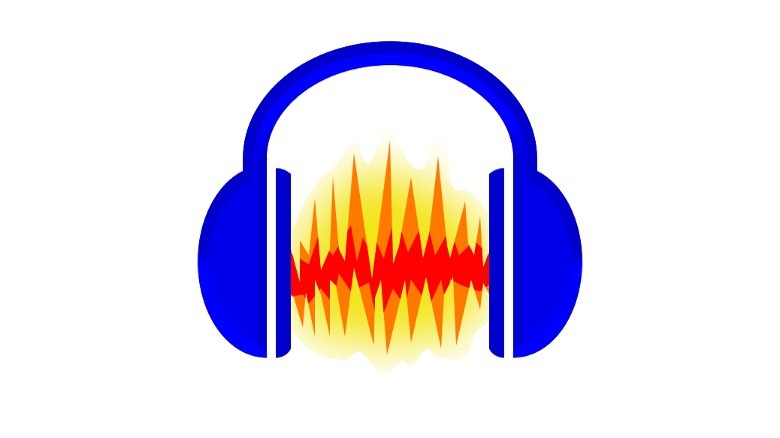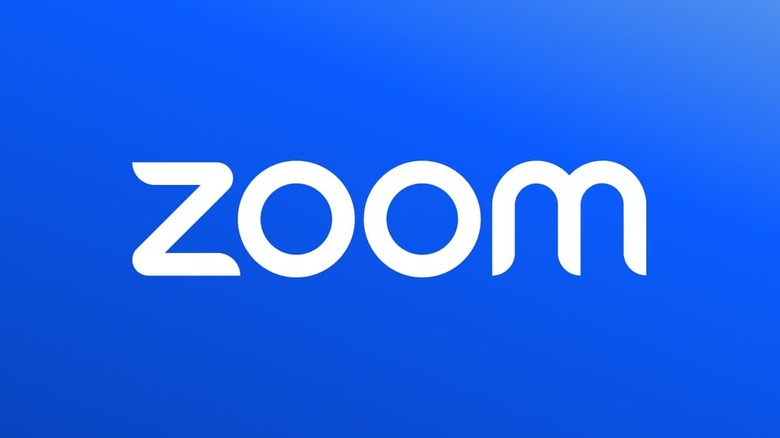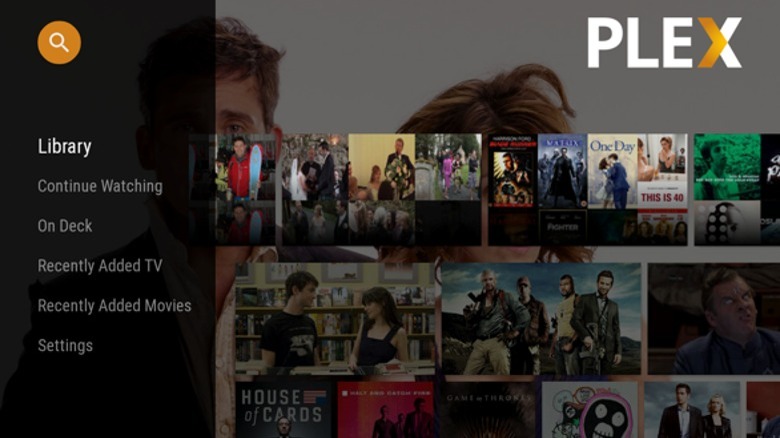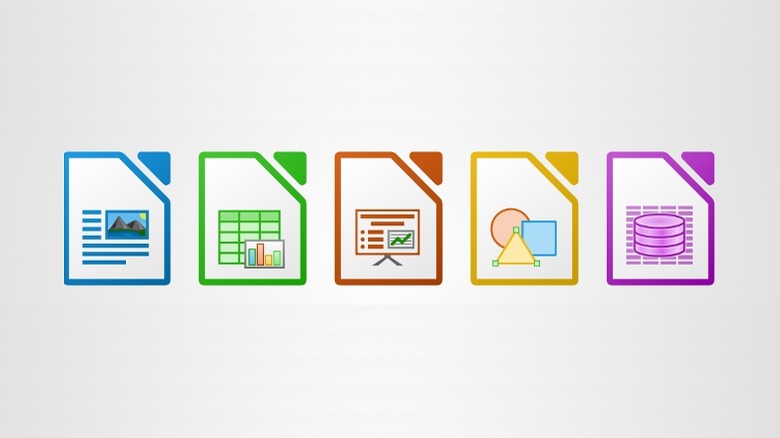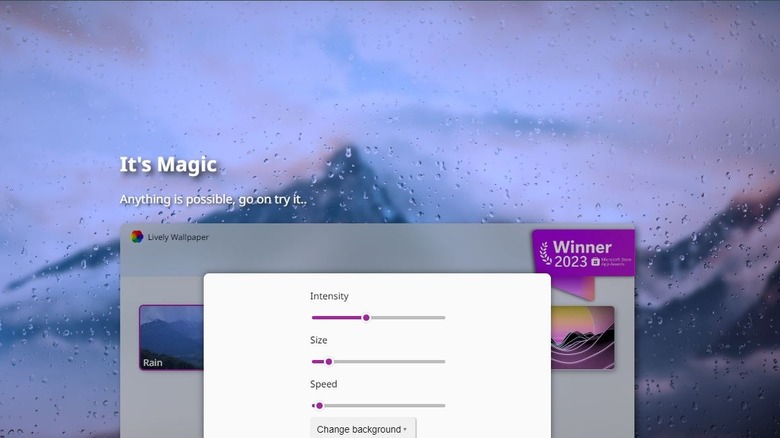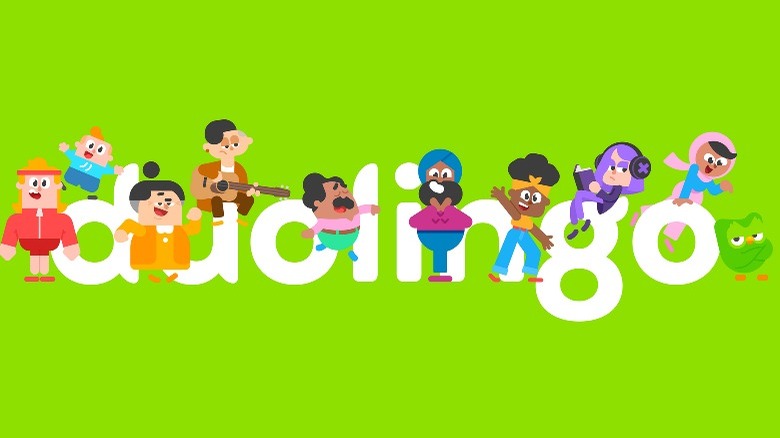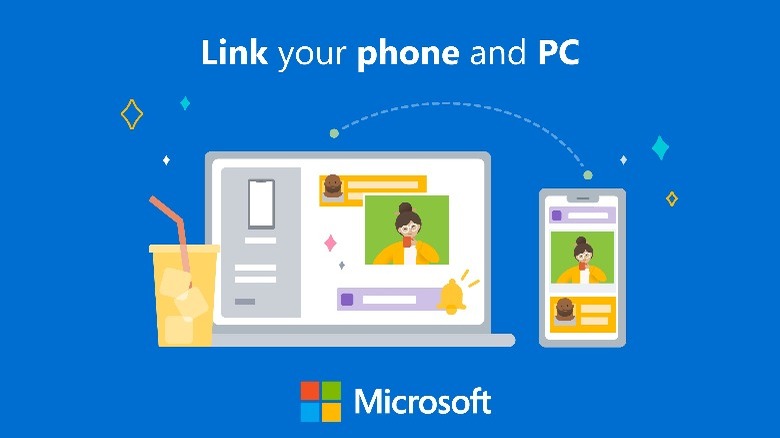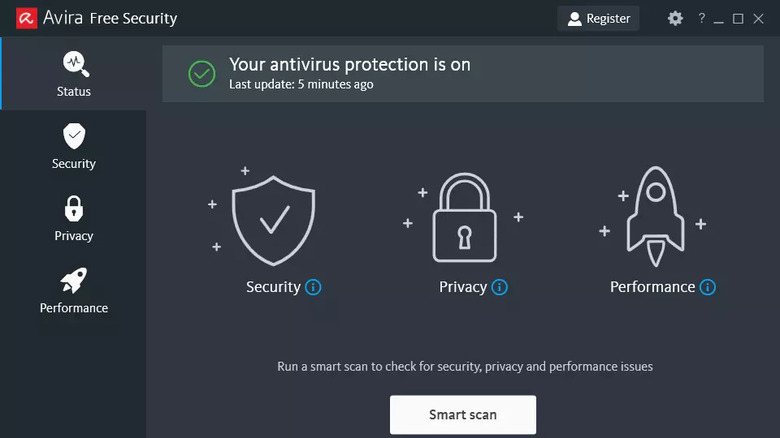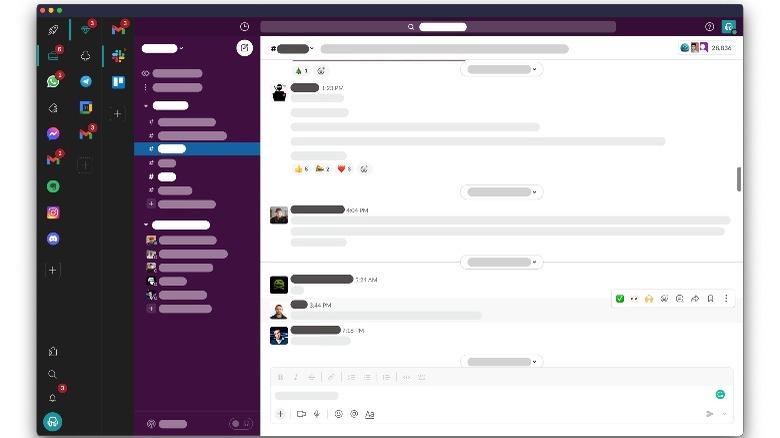12 Free Apps Every Windows User Should Have Installed
When you unbox a new Windows computer, you know more or less what you're going to get. You'll get a version of the Windows operating system and a browser. You'll also have access to some basic pre-installed software, including things like a calculator, clock, MS Paint, and access to the Microsoft web store. Other than a few basic functionalities, your computer is essentially an empty shell waiting to be filled.
While most computers are mass produced with an aim toward a consistently repeatable user experience (unless you're building a PC yourself), you can still customize your experience by installing specific software and applications, depending on your usage habits. After you've finished connecting all of your online profiles and downloading your favorite games, you might find yourself looking for ways to up your computer game, so to speak.
No matter what your internal specs, your computer is only as useful as the software you're running but that doesn't mean you need to break the bank in order to fill up your virtual tool belt. If you're looking for a way to use up some vacant disk space, these are our favorite free apps that can take your Windows experience to the next level.
Audacity
Audacity is a free and open-source software package for recording and manipulating audio files. If you're looking to dip your toe into the art of mixing audio, but you don't want to drop a bunch of money until you're sure this is really for you, Audacity is the perfect way to get started.
You can use the software to craft original audio creations by recording and layering audio tracks, then using effects to blend, merge, or otherwise modify them in your own vision. You can also use Audacity to snip audio from existing sources to sample for a project, or just to send a funny audio clip to a friend.
Despite being a free software option, Audacity is capable of recording multiple tracks at the same time while allowing for customization and effects like fading in and out, normalizing audio, and more. You can even use sound-activated recording to automatically start and stop recording, only when you are talking. That way, if you're taking breaks or pausing between takes, you don't have to manually tell the software what you want it to do. Certainly, there are more robust audio engineering programs out there, but you can't beat Audacity's price tag and it's perfectly good for cutting your teeth.
Zoom
At this point, if you haven't used Zoom yourself, you're likely at least familiar with the popular video communication service. In a world that operates increasingly virtually, Zoom is one of the most-used video conferencing solutions, allowing users all over the world to have online meetings with real-time audio and video.
In addition to allowing remote individuals to communicate with one another, Zoom also allows users to easily share materials by sharing the computer screens with an audience. That makes Zoom useful for collaborative environments like work projects, but it's also useful for having online watch parties or playing online party games, using Zoom's digital hangout space.
While some of Zoom's most useful features — like hosting large groups or recording sessions for later viewing — are only available with a paid subscription, the basic service is free to download and use. Whether you're collaborating on work projects or playing "D&D" with friends from across the country, Zoom is one of the easiest ways to have a more meaningful online connection without leaving your house.
Google Earth Pro
In 1996, the world's global positioning system (GPS) became fully operational. The system was developed by the United States Department of Defense for military use but was ultimately opened up to public use. While civilians had access to a rudimentary version of GPS since the 1980s, it didn't really take off until the internet began to come of age.
Then, in the mid-2000s, internet navigation went through a series of improvements. First, MapQuest and similar services allowed users to plug in their starting point and their destination and get turn-by-turn directions which could be printed out and taken with you. Suddenly, people had access to reliable maps which were up-to-date and specific to the trip they were planning to take. Then standalone GPS devices and integration with smartphones made looking up directions in advance a thing of the past.
Google was among the players who jumped into the digital map space with Google Maps which, as the name suggests, gives users access to up-to-date maps of pretty much any place on Earth. A few months after its release, Google launched Google Earth, which gathers satellite data to give users a bird's eye view of the entire planet, save for a few underexplored or secret locations.
In addition to the free version, Google offered a business-oriented Pro version with some additional features, as a subscription option. As of 2017, that version became the standard, which everyone has access to for free.
Plex
Plex is one of the most useful and underappreciated pieces of software out there, especially in the age of digital media. Even if you've never heard of Plex before, you probably have a pretty good intuitive sense of how it works if you've spent any time navigating one of the growing number of streaming platforms.
Plex is a free media server that basically works as a streaming platform for your personal media collection. It aggregates video, audio, photos, and more from your own computer or server and gives you access to it through media players on your television, computer, smartphone, or tablet. Basically, you can keep all of your digital media in your own personal library and access it wherever you are.
The current version of Plex also incorporates third-party streaming content, so you can have your Netflix and your Max subscriptions rolled into the same software portal as your personal collection. More than just movies and TV, Plex also gives you access to music, podcasts, and video games. While the majority of features are free to use, and you can get a useful experience without handing over any money, there is a subscription service. Plex Pass allows you to record live TV broadcasts and download content from your library to your devices, for offline viewing. The cost is $4.99 per month, $39.99 for the year, or $119.99 for a lifetime membership.
GIMP
You're probably familiar with Adobe Photoshop; it has become almost synonymous with the act of digitally manipulating imagery. But the software can also have a steep barrier to entry, both because of the complicated skillset involved and the monetary cost. If you want to try your hand at manipulating imagery but don't have the budget for Photoshop, GIMP can be a suitable alternative and it doesn't cost anything.
Short for GNU Image Manipulation Program, GIMP is a free and open-source raster graphics editor originally conceived and developed by students at the University of California, Berkeley. The legend goes that the name was chosen in advance, apparently as a reference to a character from the 1994 cult film "Pulp Fiction." Whether the name stands the test of time remains to be seen, but the software itself succeeds by offering essentially the same set of tools as Photoshop, with none of the associated costs.
If you're new to image manipulation, you can use built-in options like corrective mode and the channel mixer to make easy adjustments. Of course, you can also retouch photos and other images manually using the software's robust tool set. Perhaps best of all, GIMP has an active online community available to answer questions and help you learn the ropes.
LibreOffice
After unboxing your new Windows computer, one of the first things you're likely to need is a word processor and other production-related software. While Microsoft offers a well-known and respected package in Microsoft Office suite, not everyone has the flex in their budget or the desire to get roped into a subscription for the rest of their lives, just to write their term papers. If that sounds like you, LibreOffice is a free and open-source solution that includes just about everything you love from Microsoft Office, and a little bit more.
LibreOffice includes a word processor called Writer, which is comparable to Microsoft Word, and a spreadsheet editor called Calc, which is comparable to Excel. Draw lets you create and manipulate images and Math helps with the creation of mathematical formulae. Once your equations are finished, you can easily import them into other LibreOffice programs. So, even if you're in the habit of writing scientific papers, LibreOffice has you covered.
LibreOffice may not be the most glamorous software you'll download today, but it might be the most consistently useful. And it could save you thousands in subscription charges over a lifetime.
Lively Wallpaper
In the modern world, there is absolutely no reason for your desktop wallpaper to be a static image. Lively Wallpaper is a free and open-source software that allows you to liven up your desktop background by inserting actively moving images. The software comes with a collection of live wallpapers for you to choose from, or you can import your own images and create unique wallpapers. You can also explore additional galleries and even create a live wallpaper from an active website.
The creator of Lively Wallpaper, rocksdanister, offers a handy online sampling tool, which lets you test drive a simplified version of the software's user interface before you download it. You'll have control over things like background imagery, activity effects like rain or movement, intensity, size, and speed of motion, brightness, zoom, blur, and more. You can also set the parallax sensitivity, which controls if and how much the wallpaper responds to the motion of your mouse cursor.
While Lively Wallpaper may have some impact on performance, the active effects only run when you're looking at them. If you've got video or gaming content running full screen on your monitor, you can rest assured that Lively Wallpaper isn't eating away at your processing power in the background.
Duolingo
Duolingo is the brainchild of researcher, inventor, and Carnegie Mellon professor Luis von Ahn. Earlier in his career, von Ahn invented was involved in cryptography work which ultimately led to the invention of reCAPTCHA. Later, von Ahn sold the company to prioritize an education software which would become Duolingo.
Duolingo is primarily a language learning software that is free to download and use. There is a paid version of the program that eliminates advertising and streamlines other elements of the service, but you can get pretty much the whole experience without ever opening your wallet.
Duolingo succeeds where other language learning services have stumbled, by using conversational language and gamifying the whole experience. You'll be presented with a placement test when you first log in to assess your existing knowledge. That way, you avoid wasting time with redundant lessons. As you log in for your daily lessons, you'll be rewarded with streaks, trophies, and points which you can spend for in-app perks. Duolingo offers courses in more than 40 languages, including a few fictional ones. And if mathematics is more your speed, there's a Duolingo for that, as well. Duolingo Math offers the same sorts of motivation as the language side of the house while running you through increasingly complicated maths in each lesson.
Phone Link
These days, your computer's value isn't limited by the computer itself. Technology manufacturers are hard at work establishing connected ecosystems of related devices, and Windows is no exception. Much like Apple's connected ecosystem of devices, Phone Link allows you to connect your Windows computer with a compatible Android phone.
To get started, launch the Phone Link app from your computer. If you don't know where it is, just type those words into the search bar at the bottom left of your screen and it should come up. Click "Get Started" and move over to your Android phone. Open the browser and visit www.aka.ms/yourpc to get the Link to the Windows application. Some devices, like the Surface Duo and some Samsung or HONOR phones, already have the app installed. Otherwise, scan the QR code you're presented with and follow the prompts to link your computer and phone.
Once connected, you'll be able to receive and answer messages and phone calls from your computer, allowing you to keep your phone tucked away where it won't distract you. You'll also be able to easily move content, like photos, from your phone to your computer for safer long-term storage.
Avira
Even before you set up a background image or load your files, the first thing you're likely to do with your new computer is open up the web browser. The internet calls with its virtual siren song, and it's almost impossible to resist. Still, it's a digital jungle out there and you're at constant risk of attack from viruses and malware. Using your new computer without security software is like driving a new car without insurance. You can do it, but it's not recommended.
There are a lot of free antivirus programs on the market, but Avira is one of the most popular and it rates pretty well against its competitors, when it comes to protecting your computer. It also comes with VPN, ad blocker, and a password manager built in.
The free version of Avira is missing some features you may be looking for, like firewall protection and spam filtering, which are included only in the paid version of the software. But if you're looking for something to act as a first line of defense against the most common digital threats, you could do worse.
Once installed, Avira passively scans your computer in the background to keep an eye out for viruses and malware. You can also launch the software and trigger a quick scan to look directly at the most vulnerable parts of your system. Avira also includes options to shore up browser security and manage your computer's performance. Although, some features are restricted to the paid version.
VLC Media Player
Most of the video content you're likely to view will come to you streaming through an online media player, but if you end up with an actual video file on your hands, you're going to need a way to play it. VLC Media Player is a free and open-source solution popular for its wide compatibility and complete lack of a price tag.
VLC is compatible across a number of operating systems (including Windows, of course) and can handle just about any video file type you throw at it. You can also customize features with additional downloadable plugins so that the extent of what VLC can be for you is essentially limitless.
That said, you don't have to download anything extra to get a lot out of VLC. The software has built-in tools for downloading videos from online sources like YouTube, converting files into other file formats, stripping audio from video content, audio normalization, and more. VLC is also capable of streaming content from your computer to a nearby Chromecast, so you watch whatever is in your library on your TV, even if it's not available on any streaming platform.
Rambox
Rambox is a workspace organizer that allows you to get the most out of the other applications and software you use. Rambox creates a sandbox within which you can group applications, browsers, tabs, and windows into projects or tasks.
Since most of us use our computers for a mix of work and pleasure, it's easy to end up with a bunch of programs and dozens of windows and tabs, all open at the same time. That can make finding the information you need a lengthier process than it needs to be, and it can also create opportunities for mistakes. Rambox lets you silo your tasks into neat little boxes so you can easily find the content you need, when you need it.
Workspaces are stacked on top of one another inside of Rambox, but clearly delineated, allowing you to grab tabs and programs, and drag and drop them into the appropriate workspace, then click between them with ease. Rambox is compatible with many popular browser extensions like ad blockers and Grammarly, and it offers a built-in focus mode that blocks out notifications and other distractions while you get work done. You can even specify different focus mode limitations for different workspaces, so you have the guardrails you need when you need them.
